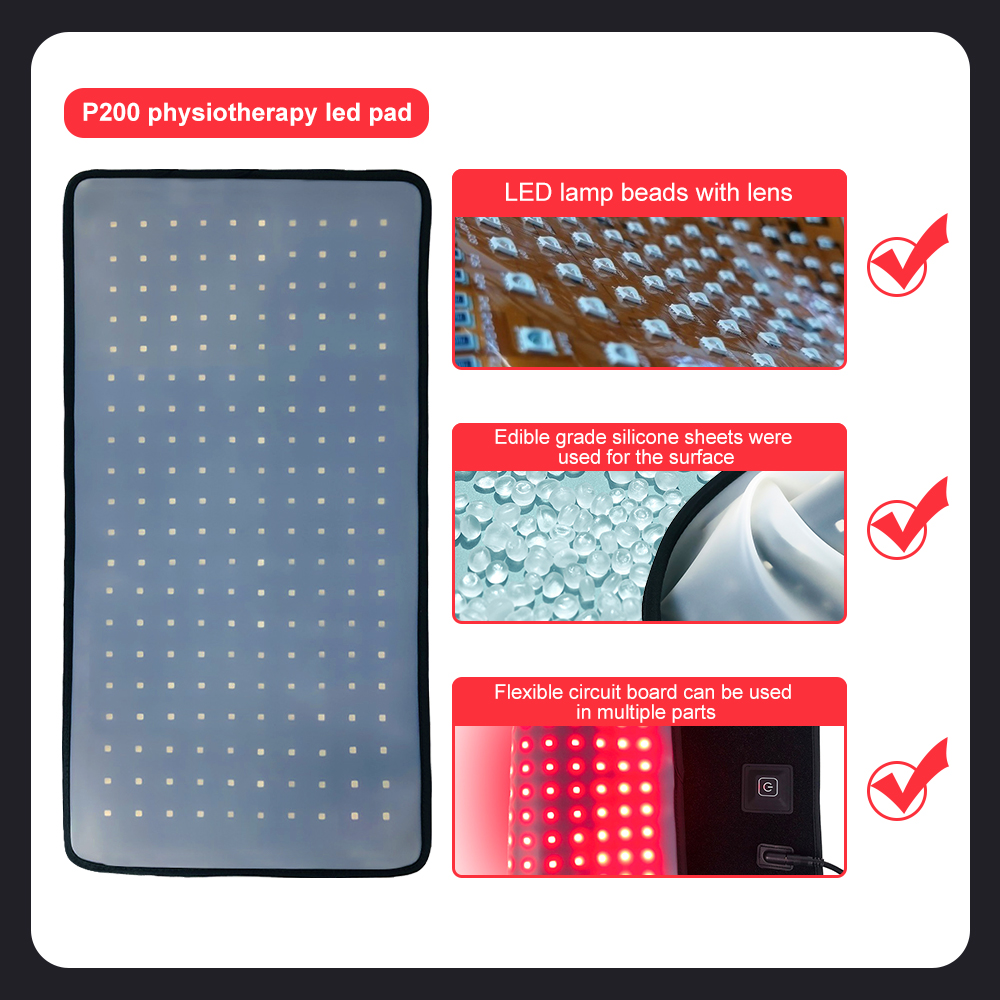Wheat wants to do a good job of these things
Water slurry, chase slurry fertilizer
Filling stage is the final stage of wheat grain yield and has an important impact on wheat yield. This period has more demand for water, which can be combined with irrigation, topdressing urea 3-5 kg ​​per mu. Whether irrigation and topdressing during grain filling should also be determined based on a variety of factors. If there is a rainfall with a rainfall of 20 mm or more during the grain filling period, no slurry can be poured. If the precipitation during the grain filling period is small, slurry can be poured. Groups that are large, overgrowth, and lands that are at risk of lodging do not pour slurry water and do not top-dress.
Spray fertilizer, anti-dry hot wind
In the late growth stage of wheat, the absorption capacity of the roots is weakened, and foliar dressing can prolong the functional period of wheat leaves, increase photosynthesis, prevent disease and lodging, and mitigate the damage of dry hot wind. Use 0.4% potassium dihydrogen phosphate plus 2%~3% urea mixture, or add other ecological active fertilizer for foliar spray. Interval sprayed once every 7 days to increase the grain weight and optimize the quality.
Pest control
The filling period of wheat is a peak period for the occurrence of various pests and diseases, and it is also a critical period for increasing the 1000-grain weight of wheat. In this period, the main control subjects were wheat stubble and wheat powdery mildew, rust, scab, and leaf blight. Grasp the key period of disease prevention and pest control in early April and early May. For wheat head blight, we must adhere to the “active attack†and unswervingly implement the prevention and control measures. For locusts, we must effectively implement the “moving at the gate and controlling the pressureâ€. After ", the following formulations can be used for pest control:
1. 70% imidacloprid wettable powder 3 ~ 5g + 4.5% beta-cypermethrin EC 80ml + 45% Benzochlor 25g +98% Potassium dihydrogen phosphate 100g + 0.01% Brassinolide 8ml .
2, with 50% nitenpyrazine wettable powder 8 ~ 10g + 4.5% beta-cypermethrin EC 80ml + 25% benziconazole EC 30mL +98% potassium dihydrogen phosphate 100g + 0.01% brassin Lactone 8 ml.
3. Use 2.5% bifenthrin water emulsion 80 ml + 48% cyanogen tebuconazole suspension 10 ml + 98% potassium dihydrogen phosphate 100 g.
The above formulas are mainly used to control aphids and powdery mildews, as well as to combat midge, scab, rust, leaf blight, and dry hot wind. In addition, grassy weeds should also be removed in a timely manner.
Disclaimer: Some articles in this website have been transferred from the Internet. If you are involved in third party legal rights, please inform this website. phone
Full Body Red Light Therapy Mat

Full Body Body Beauty Fat Loss Red Light Therapy Machine Near Infrared Light Therapy Pad Red Light Therapy Mat Pad
red light therapy mat,infrared red light lipo laser pad,infrared belt,led light therapy pads,red light therapy wrap
Function principle:
Connectable Led Light Therapy Mattress is made of silicone film and diving cloth, wrapped with flexible LED printed circuit board, excellent benefits for pain relief, muscle healing and bone repair. With Velcro fixation of multi-pads, it can be used for full body/local part of human, big dogs/horses. We can customize the light pad according to clients` request for different market.
Red light therapy, also known as photobiomodulation or low-level light therapy, is a non-invasive treatment that uses red or near-infrared light to stimulate cellular function in the body. The therapy involves exposing the skin to specific wavelengths of light, typically between 600 to 1000 nanometers, which can penetrate the skin to a depth of about 5 millimeters.
Red light therapy works by stimulating the mitochondria in the body's cells, which are responsible for producing energy (ATP). The light energy absorbed by the mitochondria triggers a series of biochemical reactions that can enhance cellular metabolism and promote various therapeutic effects.
Some potential benefits of red light therapy include:
1. Skin health: It can improve the production of collagen and elastin, leading to improved skin tone, reduced wrinkles, and acne treatment.
2. Pain relief: It may help reduce inflammation and alleviate pain in conditions such as arthritis, muscle strains, and joint pain.
3. Wound healing: Red light therapy can promote tissue repair and accelerate wound healing by stimulating cell growth and circulation.
4. Hair growth: It has shown potential in stimulating hair growth and treating conditions like androgenetic alopecia (pattern baldness).
5. Mood enhancement: Red light therapy may have positive effects on mood and mental well-being by improving serotonin levels and reducing symptoms of depression and anxiety.
red light therapy mat,infrared red light lipo laser pad,infrared belt,led light therapy pads,red light therapy wrap
Shenzhen Guangyang Zhongkang Technology Co., Ltd. , https://www.szlighttherapymachine.com
